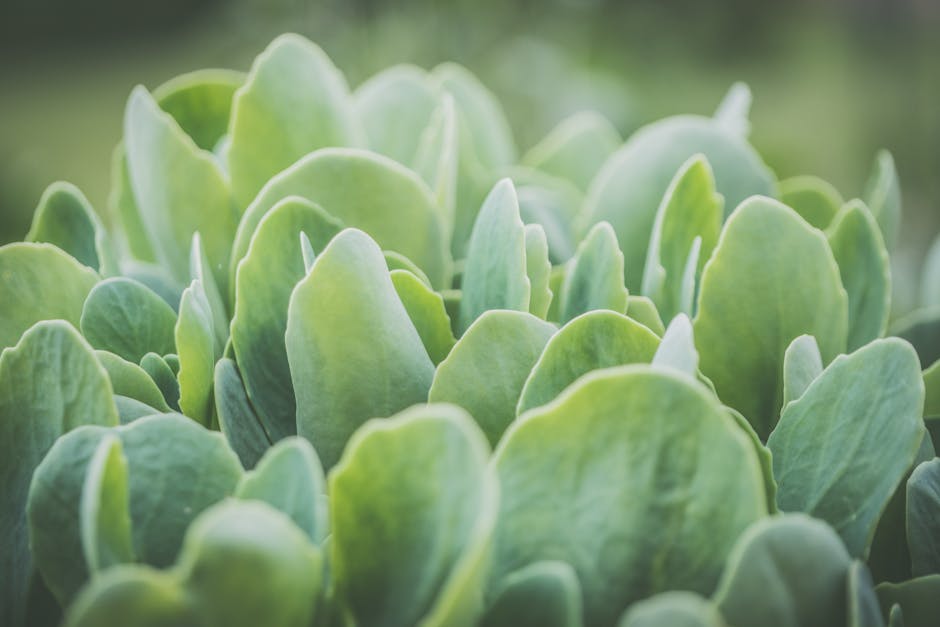When embarking on a gardening journey, the first step is to familiarize yourself with the specific needs of the plants you wish to cultivate. Each plant species has its own unique requirements regarding sunlight, water, soil type, and nutrients. For instance, some plants thrive in full sun, while others prefer partial shade.
By understanding these preferences, you can create an environment that promotes healthy growth and maximizes your garden’s potential. Researching the native plants in your area can also provide valuable insights into what will flourish in your local climate. Moreover, it’s essential to consider the growth habits of different plants.
Some may spread out widely, while others grow tall and upright. This knowledge will help you plan your garden layout effectively, ensuring that taller plants do not overshadow their shorter counterparts. Additionally, understanding the seasonal needs of your plants can guide you in planning your planting schedule.
For example, some plants may require early spring planting, while others are best sown in late summer for a fall harvest. By aligning your gardening practices with the specific needs of your plants, you set the stage for a thriving garden.
Key Takeaways
- Different plants have different needs, so it’s important to understand and cater to those needs for successful gardening.
- Efficient use of space is crucial for maximizing the yield of your garden, especially in smaller or urban areas.
- Companion planting can help increase the yield of your garden by utilizing the natural benefits of different plant combinations.
- Incorporating vertical gardening techniques can help save space and increase the overall productivity of your garden.
- Creating accessible pathways and workspaces in your garden can make maintenance and harvesting easier and more enjoyable.
Efficient Use of Space
Maximizing space in your garden is crucial, especially if you have limited square footage. You can employ various strategies to ensure that every inch of your garden is utilized effectively. One popular method is to practice intensive planting, where you grow plants closer together than traditional spacing guidelines suggest.
This approach not only increases your yield but also helps suppress weeds and retain moisture in the soil. You might also consider using raised beds or container gardening to create defined growing areas that can be easily managed. Another effective strategy is to implement crop rotation and succession planting.
By rotating your crops each season, you can prevent soil depletion and reduce pest problems. Succession planting allows you to make the most of your growing season by staggering plantings so that as one crop is harvested, another is ready to take its place. This method keeps your garden productive throughout the year and ensures that you are continually reaping the benefits of your hard work.
Companion Planting for Maximum Yield
Here’s the text with a relevant HTML link added to a key term from a high-authority source:
Companion planting is a time-honored technique that involves growing different plants in proximity for mutual benefit. This practice can enhance growth, deter pests, and improve overall yield. For example, planting marigolds alongside vegetables can help repel harmful insects, while legumes can fix nitrogen in the soil, benefiting neighboring plants.
By carefully selecting companion plants, you can create a harmonious ecosystem within your garden that supports healthy growth and reduces the need for chemical interventions. In addition to pest control and soil enhancement, companion planting can also optimize space and resources. Certain plants can provide shade for more delicate species or act as natural trellises for climbing varieties.
By understanding the relationships between different plants, you can design a garden that not only looks beautiful but also functions efficiently. This interconnectedness fosters a thriving environment where each plant contributes to the success of its neighbors.
Incorporating Vertical Gardening Techniques
Vertical gardening is an innovative approach that allows you to maximize space while adding visual interest to your garden. By growing plants upward rather than outward, you can create lush green walls or trellises that save ground space and enhance air circulation. This technique is particularly beneficial for small gardens or urban settings where horizontal space is limited.
You might consider using wall planters, hanging pots, or vertical trellises to support climbing plants like beans or cucumbers. In addition to saving space, vertical gardening can also improve accessibility and ease of maintenance. By elevating your plants, you reduce the need to bend down or kneel, making it easier to tend to your garden without straining your back.
Furthermore, vertical gardens can create microclimates that protect delicate plants from harsh weather conditions. As you explore vertical gardening techniques, you’ll discover a world of possibilities that not only enhance your garden’s productivity but also its aesthetic appeal.
Creating Accessible Pathways and Workspaces
A well-designed garden should prioritize accessibility for all individuals, regardless of their physical abilities. Creating clear pathways and workspaces ensures that you can navigate your garden comfortably while tending to your plants. Consider using materials like gravel or mulch to define pathways that are easy to walk on and maintain.
These pathways should be wide enough to accommodate wheelbarrows or gardening tools, allowing for efficient movement throughout the space. In addition to pathways, establishing designated workspaces can enhance your gardening experience. A potting bench or a dedicated area for seed starting can streamline your gardening tasks and make them more enjoyable.
You might also incorporate raised beds at varying heights to accommodate different needs, ensuring that everyone can participate in the gardening process. By focusing on accessibility, you create an inclusive environment that encourages collaboration and fosters a sense of community among gardeners.
Implementing Sustainable Irrigation Systems
Water management is a critical aspect of successful gardening, and implementing sustainable irrigation systems can significantly reduce water waste while ensuring your plants receive adequate moisture. Drip irrigation systems are an excellent choice for conserving water as they deliver water directly to the plant roots, minimizing evaporation and runoff. You might also consider rainwater harvesting systems that collect and store rainwater for later use in your garden.
In addition to these systems, mulching around your plants can help retain soil moisture and reduce the frequency of watering needed. Organic mulches like straw or wood chips not only conserve water but also improve soil health as they break down over time. By adopting sustainable irrigation practices, you not only support the health of your garden but also contribute to broader environmental conservation efforts.
Utilizing Natural Sunlight and Shade
Understanding how sunlight interacts with your garden space is essential for optimizing plant growth. Different plants have varying light requirements; some thrive in full sun while others prefer partial shade. Observing how sunlight moves across your garden throughout the day will help you determine the best locations for each type of plant.
You may find that certain areas receive morning sun but are shaded in the afternoon, making them ideal for shade-loving varieties. Additionally, incorporating shade structures such as pergolas or shade cloths can help protect delicate plants from excessive heat while still allowing them to receive some sunlight. These structures not only serve a functional purpose but can also enhance the aesthetic appeal of your garden space.
By thoughtfully considering sunlight and shade dynamics, you can create an environment where all your plants can flourish.
Designing for Community Engagement and Education
A well-designed garden has the potential to serve as a hub for community engagement and education. By creating spaces where people can gather, learn, and share their gardening experiences, you foster a sense of belonging and connection among community members. Consider incorporating communal areas with seating or picnic tables where individuals can come together to discuss gardening techniques or share their harvests.
Educational workshops or events can further enhance community involvement by providing opportunities for individuals to learn about sustainable gardening practices or specific plant care techniques. Collaborating with local schools or organizations can also expand your reach and encourage participation from diverse groups within the community. By designing your garden with engagement and education in mind, you create a vibrant space that nurtures not only plants but also relationships among people who share a passion for gardening.
In conclusion, creating a successful garden involves understanding the needs of different plants, maximizing space efficiently, utilizing companion planting techniques, incorporating vertical gardening methods, ensuring accessibility, implementing sustainable irrigation systems, harnessing natural sunlight and shade effectively, and fostering community engagement through education. By considering these elements holistically, you can cultivate a thriving garden that not only meets your personal goals but also contributes positively to the environment and community around you. Your journey as a gardener is not just about growing plants; it’s about nurturing connections—both with nature and with those who share this rewarding endeavor with you.
If you’re looking for more inspiration on community garden layouts, check out the article “Blooms and Grooms: Fun-tastic Gardening Ideas”. This article offers creative and innovative ideas for designing and organizing community gardens to maximize space and productivity. Whether you’re a seasoned gardener or just starting out, you’re sure to find some helpful tips and tricks in this article to make your community garden flourish.




